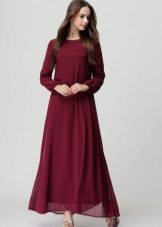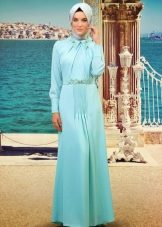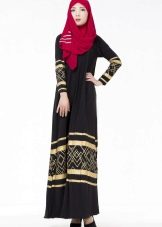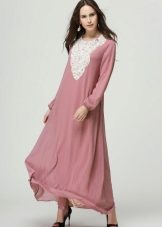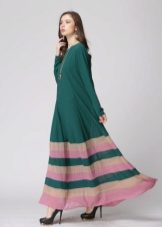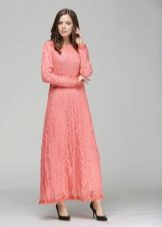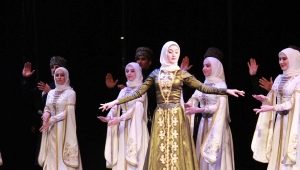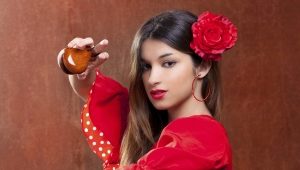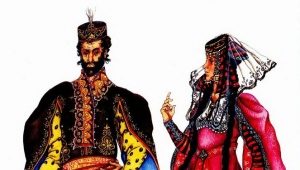Turkish national costume
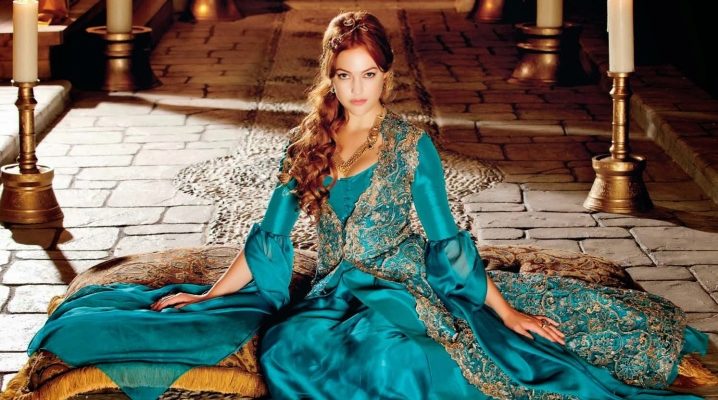
A bit of history
Historically, each ethnic group has its own national costume, reflecting its character and traditions. Turkey is a country with a rich history, an interweaving of different cultures, where different peoples with their own customs lived for a long time. This also influenced the appearance of people - the clothes, which, subsequently, began to be perceived as part of the cultural heritage.
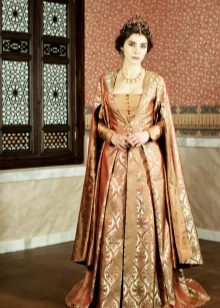


The clothes of the heyday of the Ottoman Empire (from about the 16th century) and previously played the role of a social indicator, a guideline that helps to determine the religious views, level of prosperity, place of service and marital status of any person. So, the first wife of the Sultan could wear the best clothes - silk dresses with a noticeable neckline, cuts from the waist to the end of the hem and a belt encrusted with precious stones.
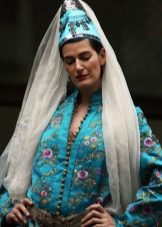
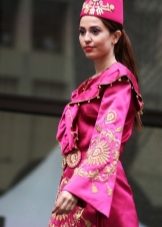
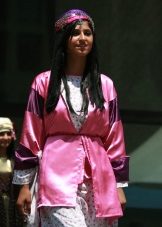

The appearance of Muslim and non-Muslim women was regulated by special decrees called "ferman".
Muslim women wore loose outer clothing over cotton or muslin shirts, the collar of which varied from round to triangular; free pants were a must. An invariable attribute is a veil that covered the face, neck, shoulders in front and behind, leaving only the eyes open.
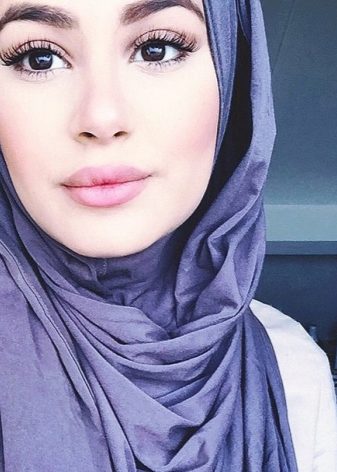
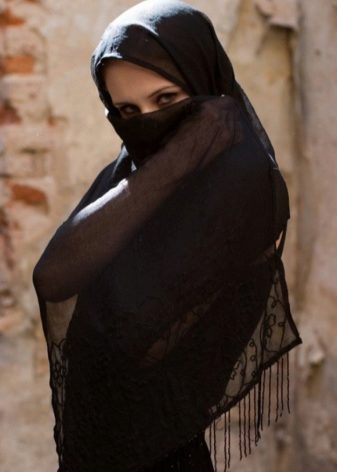
The head was covered with a hat - a fez or - from the 17th century. - "hotoz" and a veil.Non-Muslim women (Greeks, Armenians, Jews, Hungarians) could wear a fustanella skirt, loose pants made of blue fabrics and tie their heads with a satin (for Greeks) or leather (for Armenians) scarves. Military men were given knee-length harem pants.
Time passed, national clothes underwent changes. Separate elements were preserved, while preserving their original color; others disappeared altogether. What is the national costume of Turkey now?
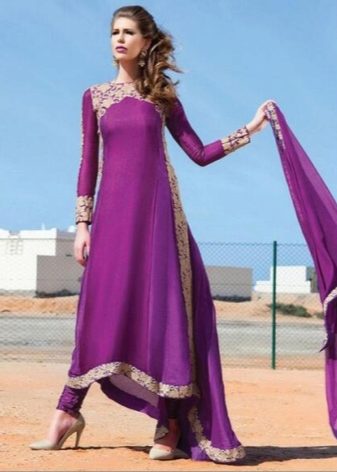
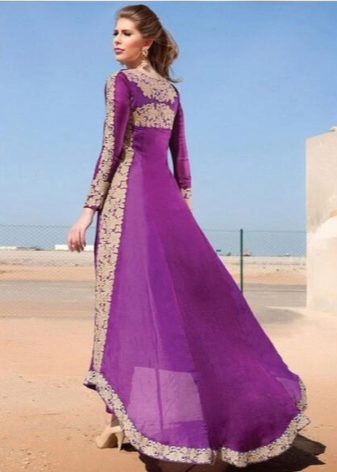
Peculiarities
One of the features is that each region of Turkey has its own varieties of national costume. This is due to the specifics of each of these areas - historically one has always been richer than the other, or merchants lived in one, and peasants lived in the other, etc. However, this clothing still has something in common - its details do not change from region to region. Only their cut and colors, ornaments change. Baggy trousers (salvar, in the Russified version "harem pants"), for example, are presented both in the traditional costumes of Central and Eastern Anatolia, and in the clothes of the Aegean and Marmara regions.


A typical feature is the layering of clothing. Despite this, art historians note that the Ottomans (later also the Turks) managed to emphasize their figure and make the silhouette more attractive even during the empire.
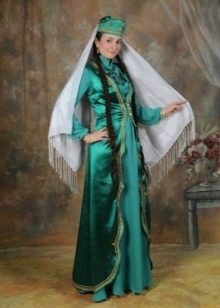
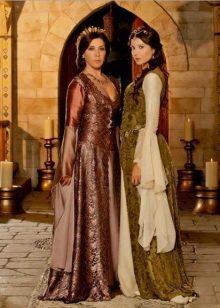
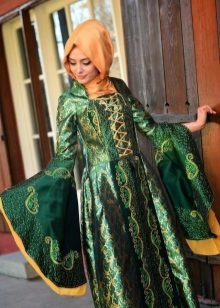
The color scheme of the national costume is dominated by bright shades, there is even some excessive flashiness of color - crimson, orange, yellow, green, blue and their shades. The clothes of men are dominated by dark colors and shades - black, blue, brown. Shirts are usually white.Belts can be with stripes, additional laces in yellow and purple, or completely in muted red hues.
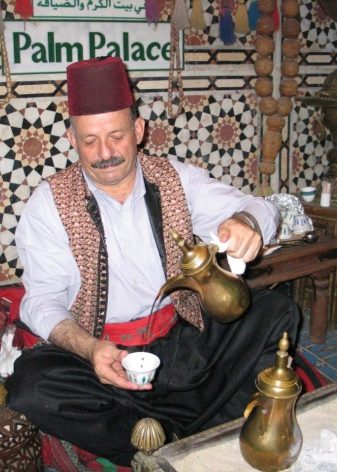
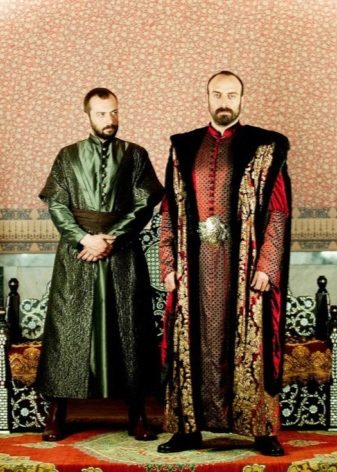
The cut of clothes is very loose, but at the same time preserving the outlines of the figure as much as possible. In this way, even under the Ottoman Empire, the national costumes differed from the Arab ones, where it was difficult to guess about the real silhouettes.
Many constructive approaches of this suit were subsequently borrowed. So, harem pants still periodically become trendy models of pants. According to some reports, the design of the "bat" sleeve was borrowed from the costume of this country.

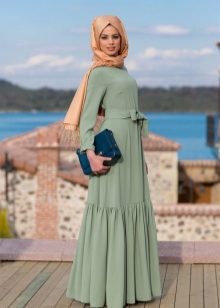

Clothes were and are made from natural fabrics. Silk, taffeta, veil, velvet, fur - this is an incomplete list of fabrics. The undershirt was made of cotton or silk. If the clothes of a lady from a secular society were decorated with embroidery, it was often made with gold or silver thread.
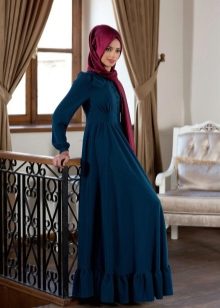
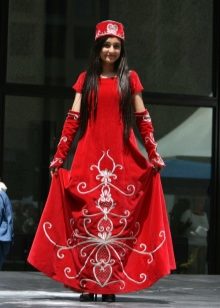
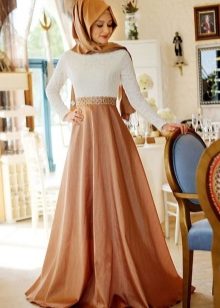
Varieties
Another characteristic feature of the country's national costume is that its components can be both male and female at the same time - this happens with bloomers and its other components - an undershirt, a short jacket, a belt.
The attire of women was complemented by a long dress with sleeves that completely covered the arms.

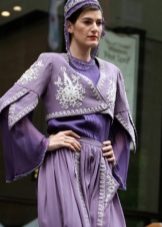
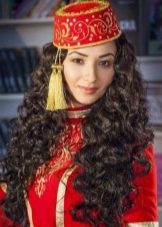
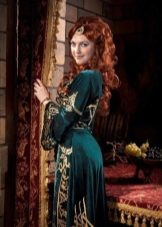
Currently, the suit has been modernized in favor of practicality - the women's dress has become shorter - it can reach the middle of the calf or slightly lower, the length of the sleeve has been fixed in the wrist area.
Mandatory attribute - apron. Any of the outfits is decorated with embroidery of folk ornaments. Patterns are largely inspired by natural motifs.
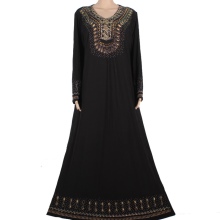
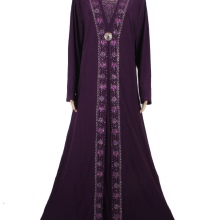
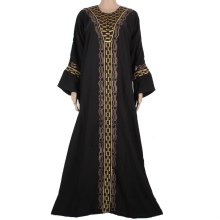
The men's suit had a special belt - a sash, which was usually worn over a short jacket.The “pockets” obtained in this design were used to store all kinds of things that a man could take with him.
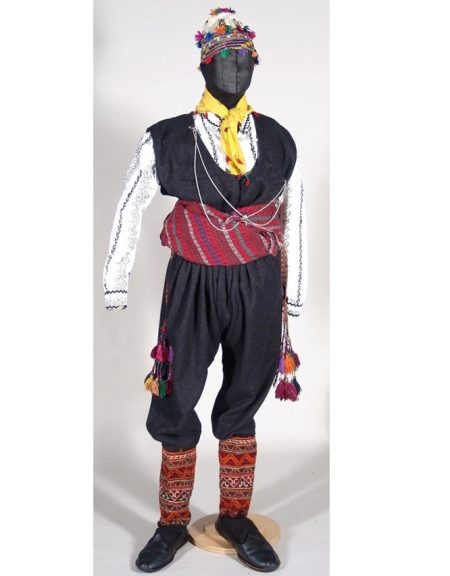
Clothing for children differs little from that intended for adults because of its versatility - except for the size and the absence of expensive elements - embroidery and rare fabrics.
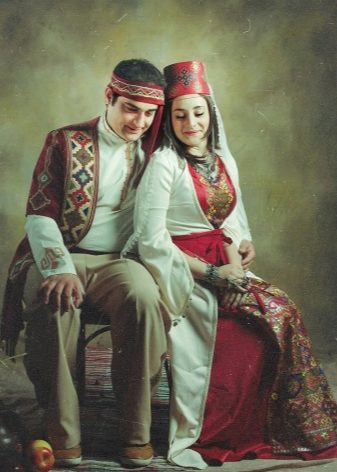

Accessories and shoes
An obligatory accessory is a multi-layered and multi-colored scarf. It is not uncommon to use several handkerchiefs of different fabrics to maintain the tradition of completely covering the face, head, neck and shoulders. Sometimes there is a headdress with a front part made of a veil.
Clothes were often decorated and decorated with precious and semi-precious stones, jewelry. A notable element of clothing are high socks with handmade embroidery. They completely cover the leg visible from under the pants or dress.

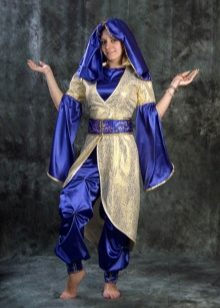
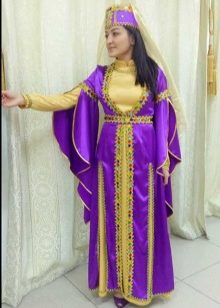
Men's headdress - fez or turban Men's military costume (guessed by cropped trousers) is complemented by weapons - pistols, cannons and knives.
Shoes, as before, are sewn from the skin of domestic animals (calves, lambs).
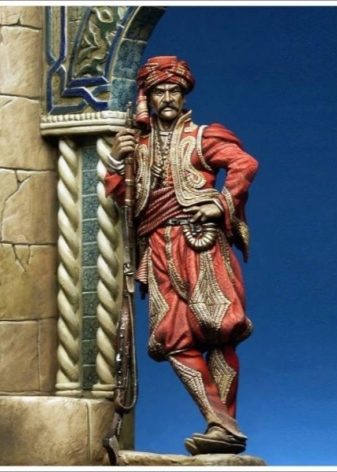
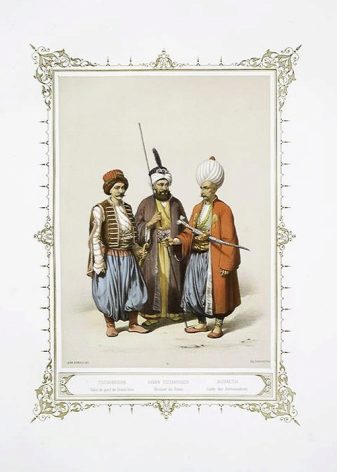
Modern models
The image of a resident of the Marmara region is interesting and elegant - the costume is replete with decorative elements - braid and embroidery on a jacket of a beautiful shade of a sea wave. The presence of a lower shirt adds volume to the wearer, which in the Eastern tradition is considered a sign of prosperity. The floral ornament on the pants and skirt is diluted with a somewhat geometric pattern on the apron. A bright accent in the form of a red scarf and a red top dress, part of the sleeve of which is visible from under the jacket, bring thoughtfulness to the image. The geometric ornament of the wearer's headdress, matching the tone of the scarf on her head, also attracts attention.
